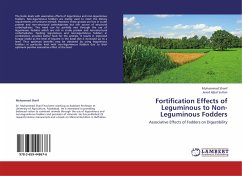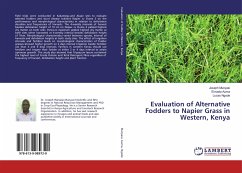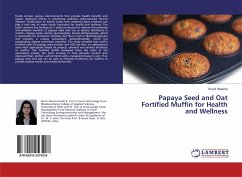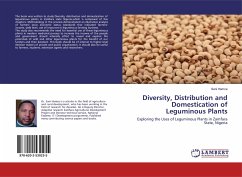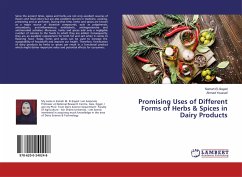The book deals with associative effects of leguminous and non-leguminous fodders. Non-leguminous fodders are mainly used to meet the dietary requirements of ruminant animals. However, these grasses are low in crude protein and non-structural carbohydrates but rich source of structural carbohydrates. This need can be partially met through the use of leguminous fodders which are rich in crude protein and non-structural carbohydrates. Feeding leguminous and non-leguminous fodders in combination provides better feed for the animals. It results in improved forage intake as the level of legume in the basal diet is increased up to a level. Thus optimum benefits may be obtained by using leguminous fodders at particular level with non-leguminous fodders due to their optimum positive associative effect at the level.

